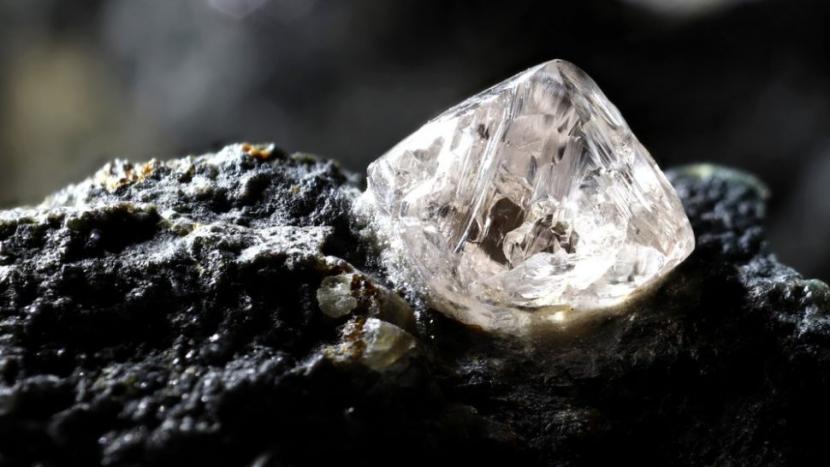However, scientists have never found direct evidence of its existence. This is because these minerals break down into other minerals as they move to the surface and the pressure is reduced.
However, analysis of diamonds from Botswana, which formed in the mantle about 660 kilometers below the Earth’s surface, revealed intact davemaoite samples trapped within. As a result, the International Mineralogical Association has now confirmed davemaoite as a new mineral.
“The discovery of davemaoite came as a surprise,” said study lead author and mineralogist at the University of Nevada, Las Vegas, Oliver Tschauner. Live Science on Friday (12/11).
Tschauner and his colleagues discovered davemaoite samples with a technique known as synchrotron X-ray diffraction. The technique focuses high-energy X-ray beams at specific points within the diamond with microscopic precision.
“By measuring the angle and intensity of the light returning, we can decipher what’s inside,” said Tschauner.
Tschauner explains that the davemaoite samples in diamonds are only a few micrometers (millionths of a meter) across.
“So less robust sampling techniques will either miss it or not find it,” continued Tschauner.
Davemaoite is believed to play an important geochemical role in the Earth’s mantle. Scientists theorize that the mineral may also contain other trace elements, including uranium and thorium, which release heat through radioactive decay.
“Therefore, davemaoite can help generate a large amount of heat in the mantle,” said Tschauner
In a 2014 study published in the journal Science, the researchers described another theoretically high-pressure mineral from the mantle, known as bridgmanite. However, the bridgmanite samples did not come from the mantle but from inside meteorites.
The discovery of davemaoite suggests diamonds could have formed further in the mantle than previously thought.
“It also suggests there may be the best place to look for more new minerals from the mantle,” said Tschauner.
– .


